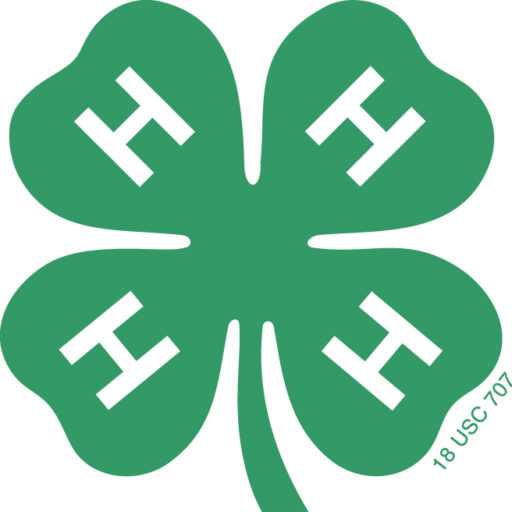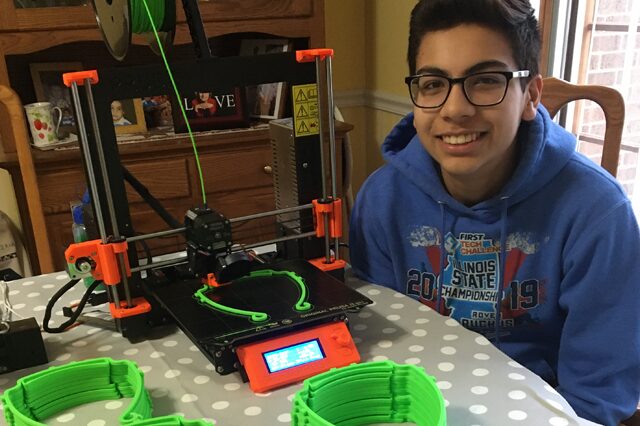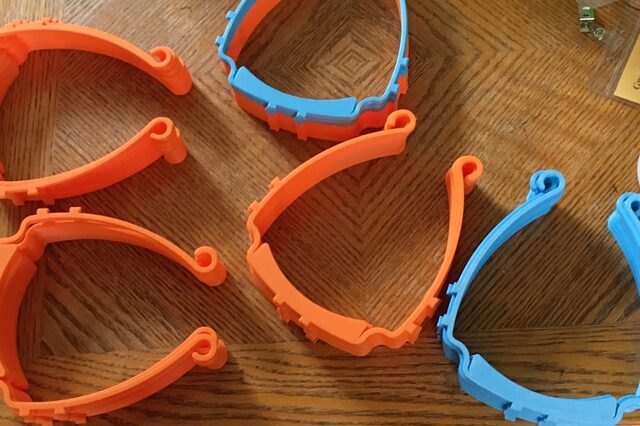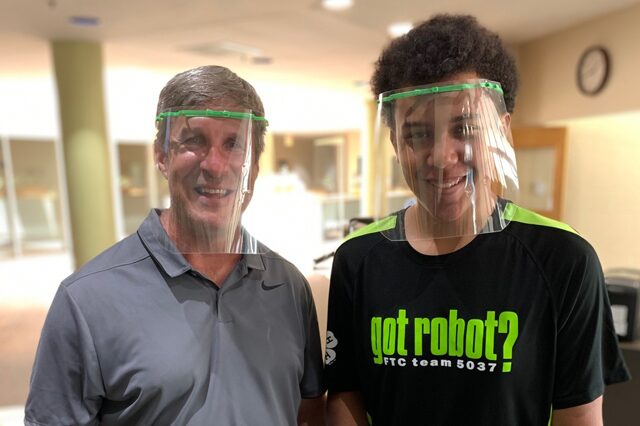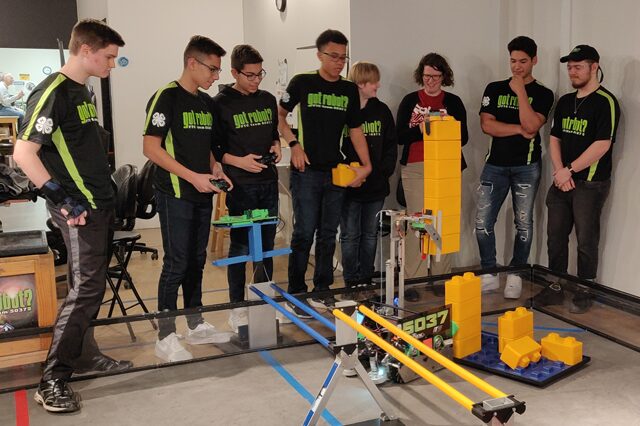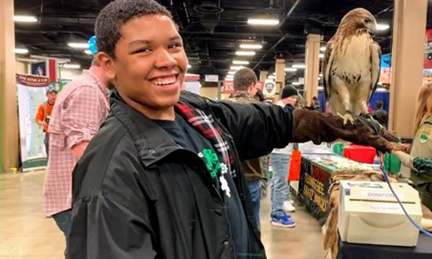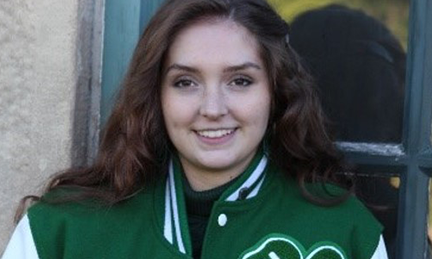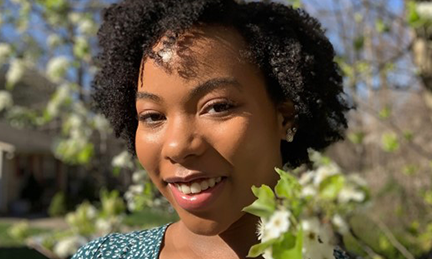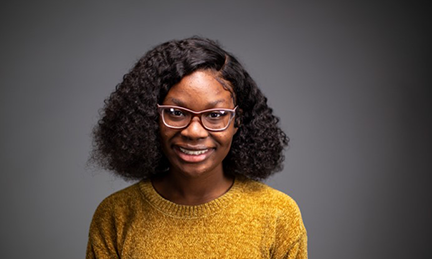In life, there is only one constant: change. We cannot ignore it or resist it, and no matter how much we would like things to remain the same, change is inevitable. Sometimes, whether for good or for bad, we all reach a moment that changes the course of our lives forever. That moment came for me in the spring of 2014.
In January, my sister had three surgical procedures on her heart, brain and stomach. She was placed in hospice care and given one year to live. Then in March, I lost everything when my house burned down, and just one month later, my family was rear-ended on the highway during rush hour traffic. My family was shaken by this experience, and I was left with a severe back injury that prevented me from doing everything I loved. As anyone can imagine, I was only 12 and I was broken. I did not want to leave my house, spend time with friends, or do anything that would push me out of my comfort zone.
Seeing I had hit rock bottom, two of my friends wanted to give me an opportunity to be a part of something. They invited me to join their 4‑H Robotics Club, and that’s when my life began to change for the better.
Despite my initial skepticism, I quickly recognized the importance of joining the 4‑H family. 4‑H has encouraged me to move out of my comfort zone, speak up for what is important, and foster relationships with members of my community. In 4‑H, I learned that STEM is for everyone, regardless of where you went to school or what you look like.
While I was lucky enough to find a STEM program that was open to all students, it wasn’t until my sophomore year that I realized there was a discrepancy in local STEM access and opportunities. I wanted to help my club grow by reaching other students who, like me, needed a place to connect and grow. I developed a comprehensive community outreach plan that would aid underrepresented students in local STEM circles. As a result of my 4‑H experience, I worked hard to raise more than $7,000 and volunteer at over 60 community events to encourage kids to get involved in STEM.
Without the support and inspiration from 4‑H, my leaders, and my friends, I never would have found my passion for STEM accessibility. My passion is what keeps me going, inspiring me to continue to push myself and to achieve my goals. There are no words that can express how much this has meant to me. As the 4‑H Youth in Action STEM Pillar Winner, sponsored by HughesNet, I can look back and see that 4‑H has helped me and so many others find their purpose in life. It has taught me that while change is inevitable, it does not define you; it’s how you choose to react to it.
For those of you who feel broken, or like you don’t have a place to connect and grow, know that you will always find a place in 4‑H. Taking the step to get involved changed my life forever, and it can change yours, too.






